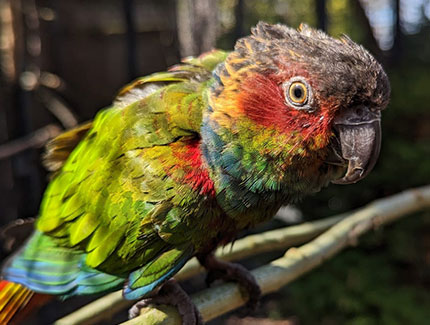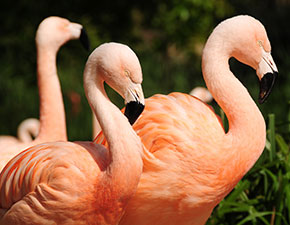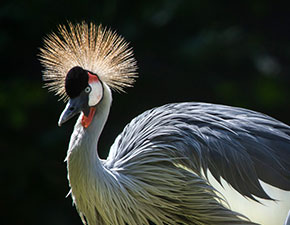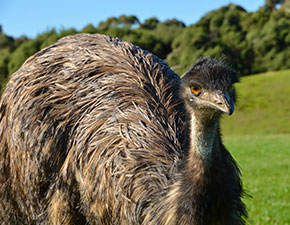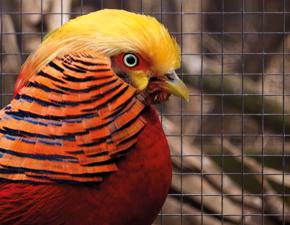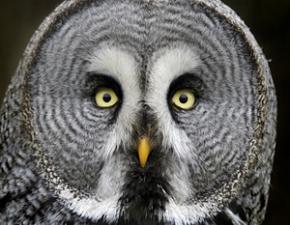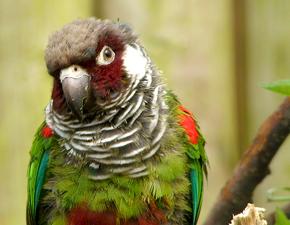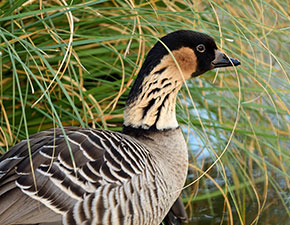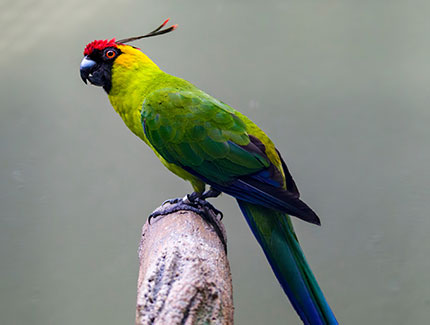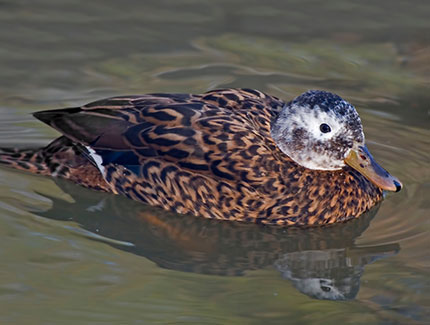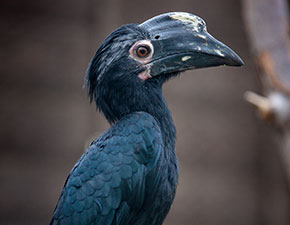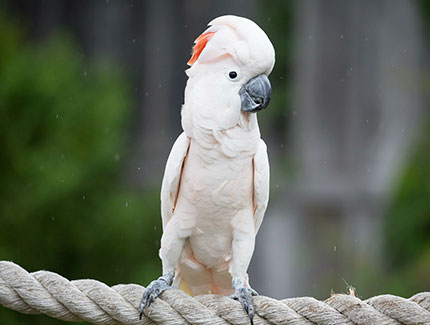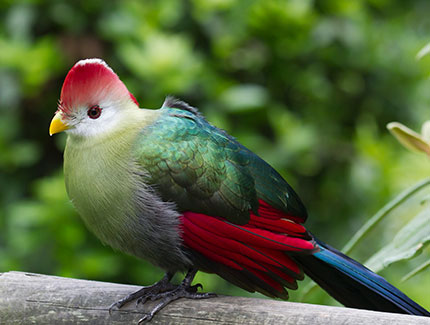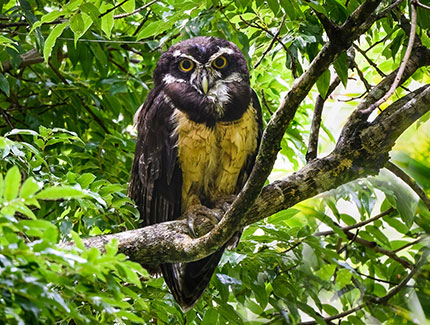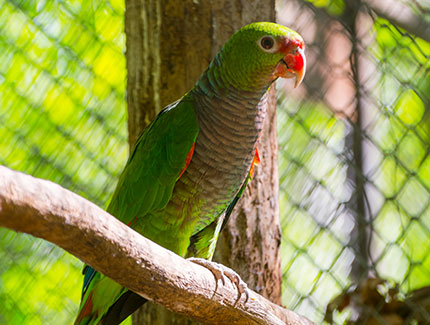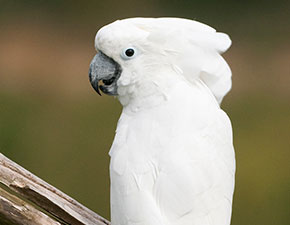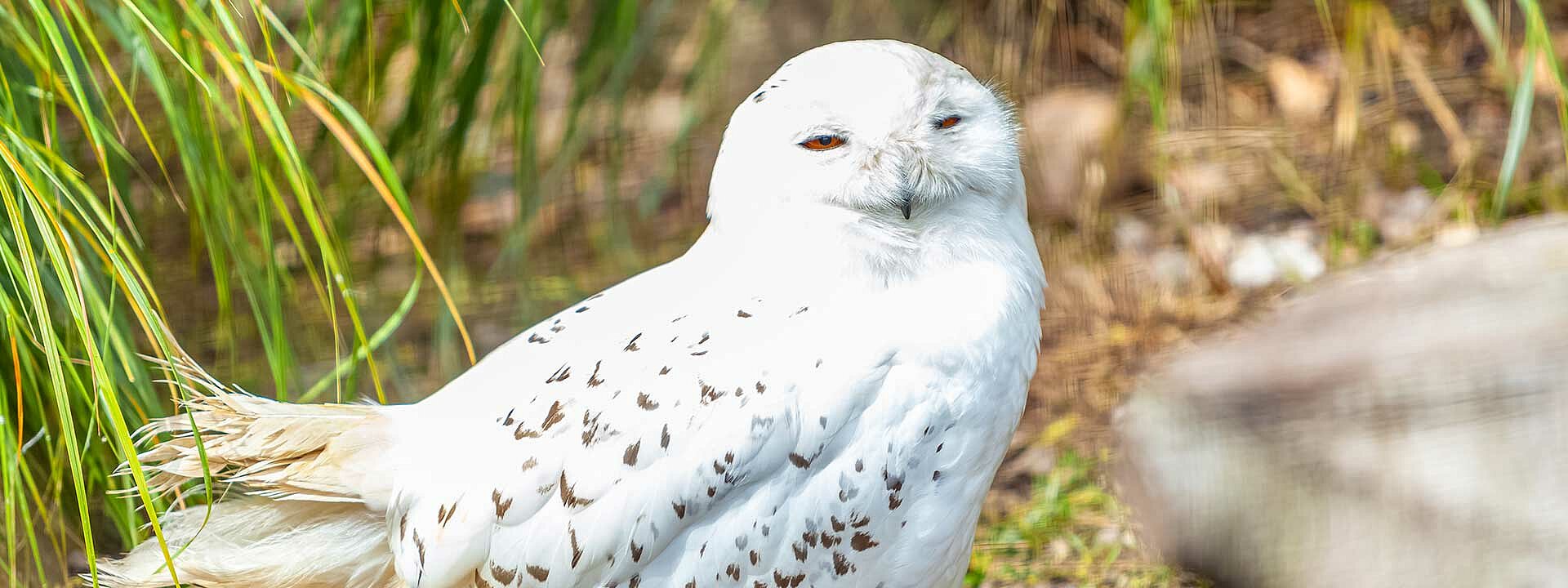
Snowy Owl
Bubo scandiacus
IUCN red list status:
Vulnerable
For more information, please visit iucnredlist.org

Snowy Owl is native to the Arctic regions of North America and Eurasia.

Their diet primarily consists of lemmings and other small mammals.

Wild owls live approximately 9.5 years, whereas in captivity they have been known to live up to 28 years old.

They have 3 to 11 eggs, which hatch after 35 days.
Snowy Owl
About the Snowy Owl
Snowy Owls are very large owls with smoothly rounded heads and no ear tufts. The body is bulky, with dense feathering on the legs that makes the bird look wide at the base when sitting on the ground. Snowy Owls are white birds with varying amounts of black or brown markings on the body and wings. These large owls breed on the Arctic tundra, where females lay a clutch of 3 to 11 eggs. Clutch size depends upon the availability of food.
These owls have excellent eyesight, but they can't see their prey when it's underneath snow or a thick layer of plants. To capture those meals, the owl relies on its other keen sense - hearing. In flight, snowy owls generally cruise low to the ground. Once they spot their prey, they approach it from the air, and snatch it up using the large, sharp talons on their feet.
Did you know?
You can tell the difference between males and females by their feathers; males are almost pure white, whereas females are covered in specs of black across their body.

